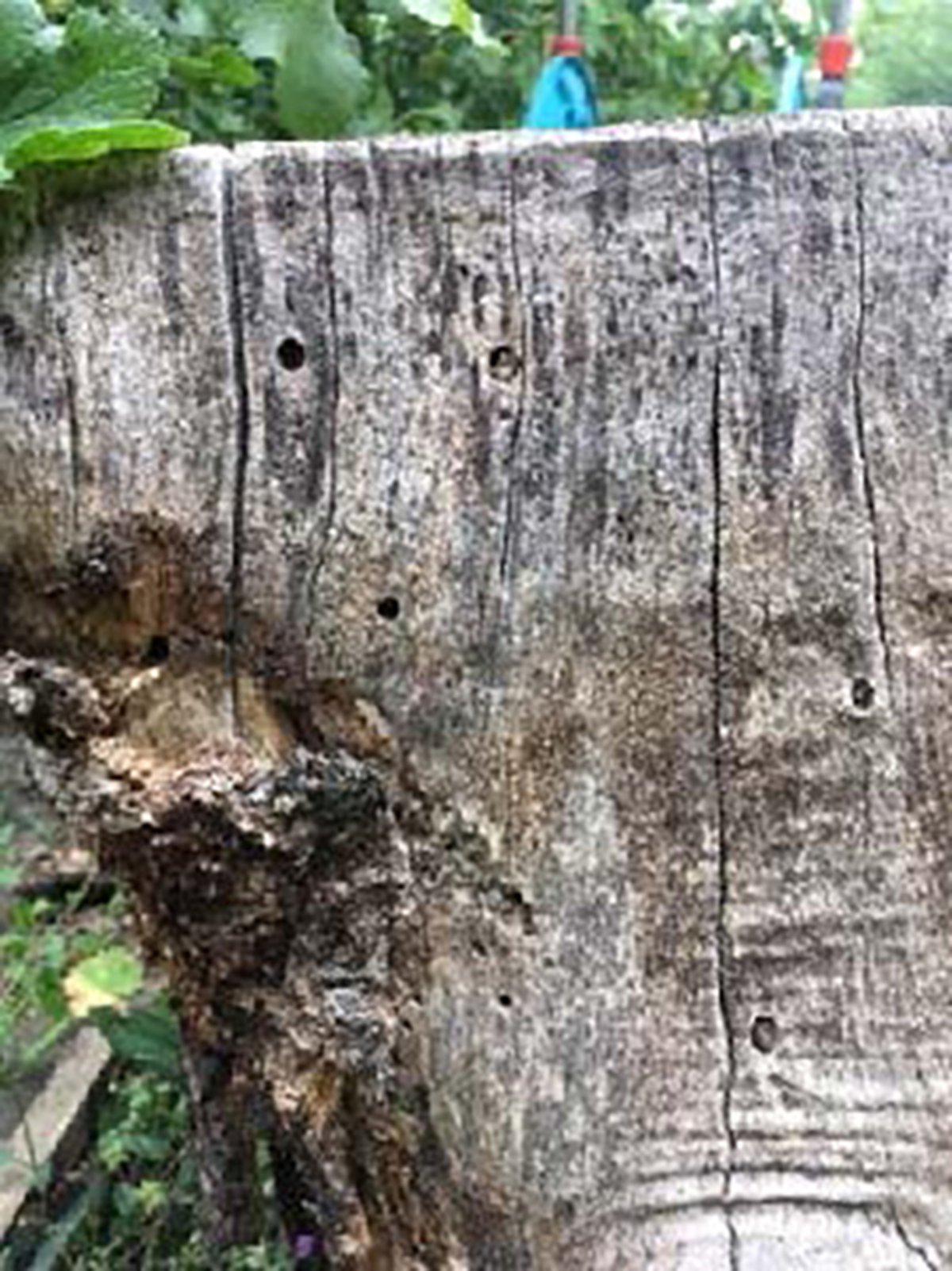2021-Apr-05 : Spiel/Feld Marzahn counts high number of plant species.
The research team behind the Wild Pollinator Project has just published the 2020 report about its work in and with 18 Berlin community gardens, including Spiel/Feld Marzahn. A scientific recording of numbers and types of plant species in the gardens was one aspect of the research aiming to better understand relationships between pollinators, pollen and plant growth.
Spiel/Feld Marzahn is a neighbourhood community garden in the Berlin borough of Marzahn-Hellersdorf. It was set up in 2011 by a group of stakeholders including local residents and institutions, the local council and landscape architecture students at the Department City and Food at TU Berlin led by Katrin Bohn.
Spiel/Feld Marzahn is a neighbourhood community garden in the Berlin borough of Marzahn-Hellersdorf. It was set up in 2011 by a group of stakeholders including local residents and institutions, the local council and landscape architecture students at the Department City and Food at TU Berlin led by Katrin Bohn.

Sealed wild bees nest in a tree stump (image: Monika Egerer, Forschungs-Update für Gemeinschaftsgärten-Projekt März 2021)
The researchers of the National History Museum Berlin [Museum für Naturkunde Berlin], the Technical University of Munich [Technische Universität München] and the Technical University of Berlin [Technische Universität Berlin] found 127 plant species in Spiel/Feld Marzahn, the highest variety within the 18 gardens which, on average, presented about 90 different plants.
In their report, botanist and plant ecologist Birgit Seitz, who led this aspect of the research, writes: ‘In 2020, the team went to 18 community gardens in Berlin to record the diversity of plants and their pollinators. The surveys took place on 2-3 dates per garden at intervals of about 4 weeks. A survey area of 20 x 20 m was defined in each garden. Within this area, 8 plots with a size of 1 x 1 m were randomly selected. These plots were selected anew on each day of the study, i.e. a total of 16 or 24 plots were studied in each garden. Within these plots, all occurring plant species were noted. For each plant species, it was determined whether it was a crop plant, an ornamental plant or a wild plant. Furthermore, the cover of each plant species in the plot was recorded, the height of the vegetation was measured and the number of flowers occurring, separated by colour, was counted.
A total of 340 plant species or varieties (excluding grasses) were found in the gardens surveyed. This corresponds to almost 20 % of all plant species occurring in Berlin (Seitz et al. 2012). The number of species-level plants observed per sampling round varied between the gardens, from 16 to 76 species observed within one garden plot. Comparing the numbers of species between the gardens, the highest number of species (127) was found in the Spiel/Feld garden in Marzahn…’
In their report, botanist and plant ecologist Birgit Seitz, who led this aspect of the research, writes: ‘In 2020, the team went to 18 community gardens in Berlin to record the diversity of plants and their pollinators. The surveys took place on 2-3 dates per garden at intervals of about 4 weeks. A survey area of 20 x 20 m was defined in each garden. Within this area, 8 plots with a size of 1 x 1 m were randomly selected. These plots were selected anew on each day of the study, i.e. a total of 16 or 24 plots were studied in each garden. Within these plots, all occurring plant species were noted. For each plant species, it was determined whether it was a crop plant, an ornamental plant or a wild plant. Furthermore, the cover of each plant species in the plot was recorded, the height of the vegetation was measured and the number of flowers occurring, separated by colour, was counted.
A total of 340 plant species or varieties (excluding grasses) were found in the gardens surveyed. This corresponds to almost 20 % of all plant species occurring in Berlin (Seitz et al. 2012). The number of species-level plants observed per sampling round varied between the gardens, from 16 to 76 species observed within one garden plot. Comparing the numbers of species between the gardens, the highest number of species (127) was found in the Spiel/Feld garden in Marzahn…’
The Wild Pollinator Project can be found here.
For more information about Spiel/Feld Marzahn see the garden’s own website.
For more information on the design of the Spiel/Feld project see here.
To keep up to date with the project's development see our blog Productive Urban Landscapes.
For more information about Spiel/Feld Marzahn see the garden’s own website.
For more information on the design of the Spiel/Feld project see here.
To keep up to date with the project's development see our blog Productive Urban Landscapes.










